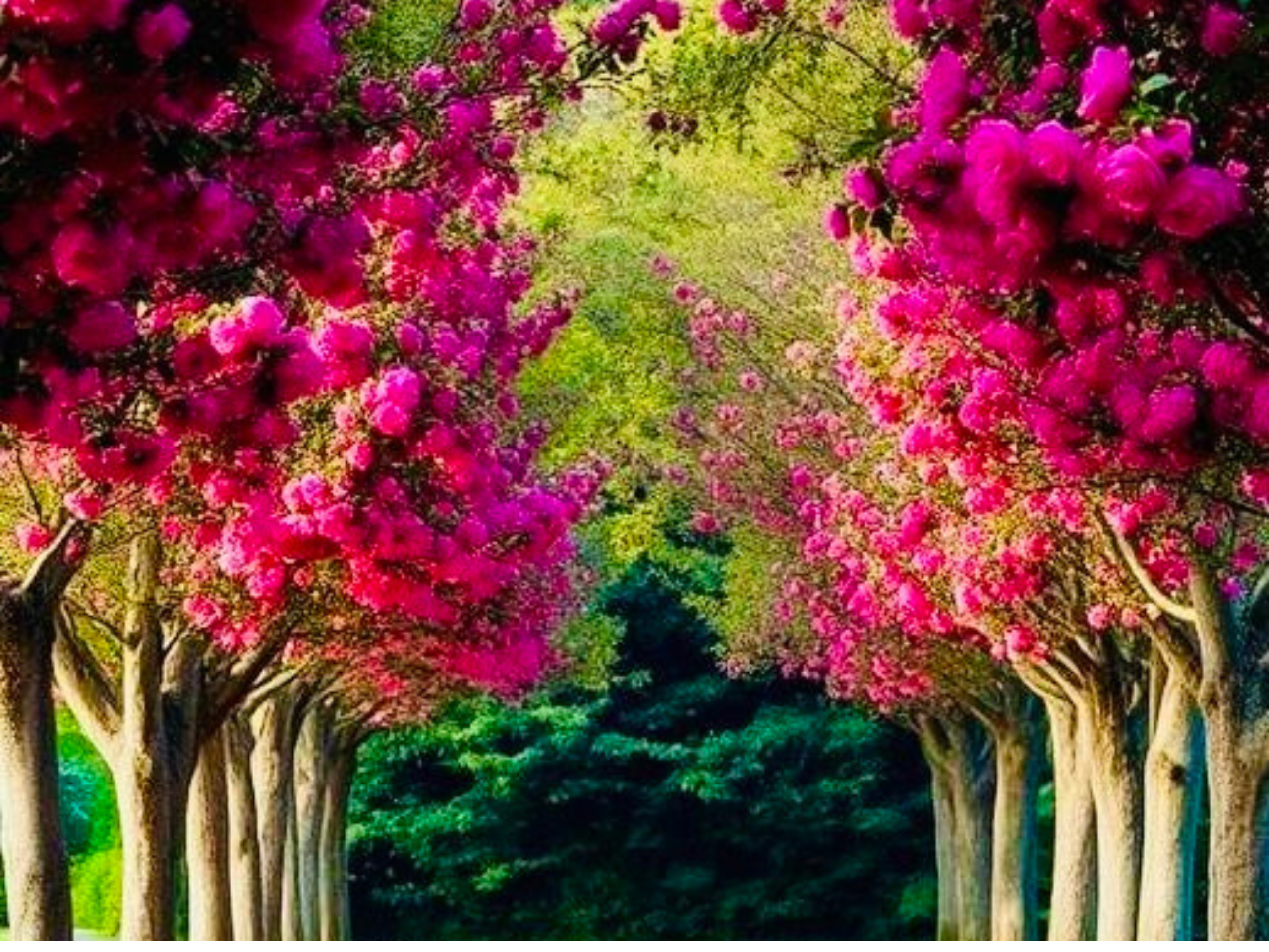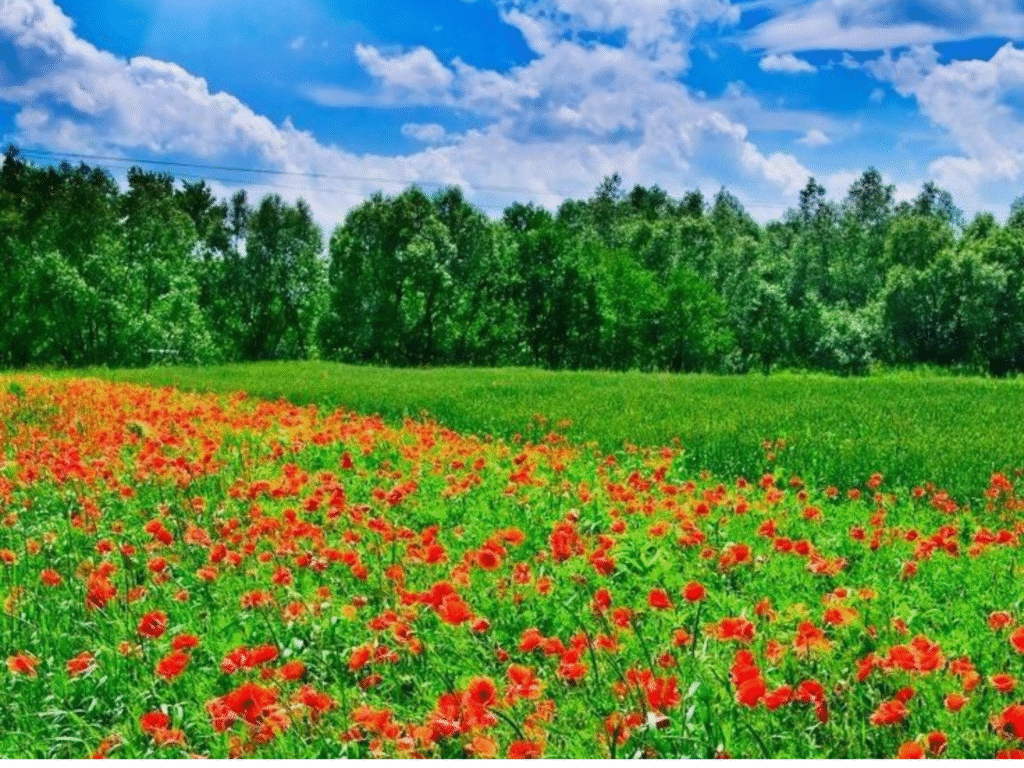Introduction to Hart Landscapes
Transforming your garden into a stunning outdoor oasis is easier than you think. Hart landscapes are gaining traction, and for good reason. These designs blend natural beauty with functionality, creating spaces that are not only visually appealing but also inviting. Imagine stepping into a garden where every corner tells a story—where lush greenery meets artful arrangements of rocks and water features. Whether you have a sprawling yard or a cozy balcony, Hart landscapes can elevate your gardening game to new heights.
Let’s dive deeper into the world of Hart landscapes and explore how they can rejuvenate your outdoor space. From practical benefits to innovative ideas for design, this guide will help you harness the full potential of your garden while keeping it low-maintenance and stylish. Get ready to unleash creativity in cultivating an enchanting environment right at home!
Benefits of Hart Landscapes for Your Garden
Table of Contents
Hart landscapes offer a unique aesthetic that can elevate any garden space. Their emphasis on natural beauty creates an inviting atmosphere, encouraging relaxation and enjoyment.
These landscapes promote biodiversity by providing habitats for various plants and wildlife. When you introduce native species into your Hart design, you support the local ecosystem while enhancing visual appeal.
Water features often play a significant role in Hart landscapes. The soothing sounds of trickling water not only add charm but also improve air quality around your garden.
Another advantage is their low maintenance requirements. Once established, many elements flourish with minimal intervention, allowing you more time to enjoy your outdoor sanctuary rather than labor over it.
Incorporating sustainable practices is another hallmark of Hart landscapes. By using eco-friendly materials and techniques, you reduce environmental impact while creating a stunning green space that’s kind to the planet.
Ideas for Incorporating Hart Landscapes into Your Garden Design

Transforming your garden with Hart Landscapes can be a delightful journey. Start by creating defined pathways using natural stones or gravel. This adds structure while guiding visitors through your outdoor space.
Consider incorporating raised beds to elevate your plants and create visual interest. Use timber or stone for an organic feel, making it easier to maintain as well.
You might also explore water features like small ponds or fountains. The sound of water enhances tranquility and attracts wildlife, adding life to your garden.
Vertical gardens are another exciting option. They save space and allow you to grow herbs or flowers against walls, turning unused areas into vibrant displays.
Think about seasonal color schemes with strategically placed annuals and perennials that bloom at different times throughout the year. This approach guarantees a continually evolving landscape filled with beauty and charm.
Choosing the Right Plants for a Hart Landscape
Selecting the right plants for a Hart Landscape is crucial to achieving that harmonious look. Start by considering the climate in your region. Native plants often thrive best, requiring less maintenance and providing natural beauty.
Think about color schemes as well. Mixing vibrant flowers with lush foliage can create stunning contrasts throughout the seasons. Pairing perennials with annuals ensures continuous blooms, keeping your garden alive year-round.
Texture plays a vital role too. Incorporate varying leaf shapes and sizes to add depth and interest to your landscape design. Grasses can provide movement, while larger shrubs offer structure.
Don’t overlook functionality either! Consider incorporating herbs or vegetables if you want an edible aspect in your garden space. These additions not only enhance aesthetics but also serve practical purposes in daily life.
Think about height variations when planting. Layering taller plants behind shorter ones creates visual appeal while ensuring all elements are visible and appreciated.
Maintenance Tips for Hart Landscapes

Maintaining Hart Landscapes can be simple with a few proactive strategies. Regular weeding helps to keep your garden looking tidy and promotes healthy plant growth.
Watering is crucial, especially during dry spells. Consider drip irrigation for efficient watering that reaches the roots without wasting water.
Mulching around plants not only reduces weeds but also retains moisture in the soil. It adds an aesthetic layer while protecting roots from extreme temperatures.
Pruning is essential too; it encourages new growth and keeps plants in shape. Trim back overgrown areas and remove dead leaves periodically.
Fertilizing once or twice a year will boost nutrient levels, ensuring vibrant blooms and lush foliage. Choose organic options for a healthier environment.
Keeping pathways clear enhances accessibility and safety in your landscape design while allowing you to appreciate the beauty of every element you’ve created.
Cost and Budget Considerations
When planning a Hart Landscape, understanding costs is essential. Your budget will dictate many choices, from plants to materials.
Start by assessing your garden size and layout. Larger spaces may require more investment in landscaping elements while smaller areas can be transformed with fewer resources.
Consider the types of plants you wish to include. Native species often cost less and thrive better in your local environment, minimizing maintenance expenses over time.
Don’t forget about hardscaping features like pathways or retaining walls. These can significantly impact the overall budget but add lasting value and visual appeal.
It’s wise to allocate funds for professional help if needed. Hiring an experienced landscaper could save you money long-term through efficient design and installation practices.
Always leave room in your budget for unexpected expenses that might arise during the project, ensuring flexibility without stress.
Conclusion: Creating a Beautiful and Unique Garden with Hart Landscapes
Transforming your garden with Hart Landscapes opens up a world of creativity. Each design choice allows you to express your personal style and enhance the natural beauty around you.
Incorporate diverse textures, colors, and patterns for an inviting atmosphere. Use pathways or focal points to guide the eye through your unique space.
Consider blending practical elements with aesthetics. A seating area amidst vibrant plants can create an oasis for relaxation.
Hart Landscapes encourage eco-friendly practices too. Choosing native plants supports local wildlife while reducing maintenance needs.
The journey of creating this beautiful environment is rewarding in itself. Every step brings new inspiration and joy as you watch your vision come alive in vivid color and form.
FAQs
Creating a garden that stands out with Hart Landscapes can be both rewarding and enjoyable. By incorporating unique designs, thoughtful plant selections, and proper maintenance, you can transform your outdoor space into a stunning haven.
**FAQs**
What are Hart Landscapes?
Hart Landscapes refer to specific landscape designs characterized by their harmonious blend of colors, textures, and natural elements. They aim for balance while emphasizing the beauty of nature.
How do I start my Hart Landscape project?
Begin by assessing your current garden layout and identifying areas that need improvement. Sketch ideas based on the styles you find appealing.
Can I incorporate hardscaping in my Hart Landscape design?
Absolutely! Hardscaping features like pathways, patios, or stone walls can enhance the overall aesthetic while providing structure to your landscape.
What types of plants work best for Hart Landscapes?
Opt for native plants that thrive in your region’s climate. Consider layering heights and seasonal blooms to maintain interest throughout the year.
Do I need professional help to create a Hart Landscape?
While DIY is an option if you’re hands-on and creative, consulting a landscaping professional might provide valuable insights tailored to your needs.
How often should I maintain my Hart Landscape?
Regular upkeep is essential. Schedule seasonal check-ups for pruning, weeding, watering, and fertilizing as needed throughout the growing season



